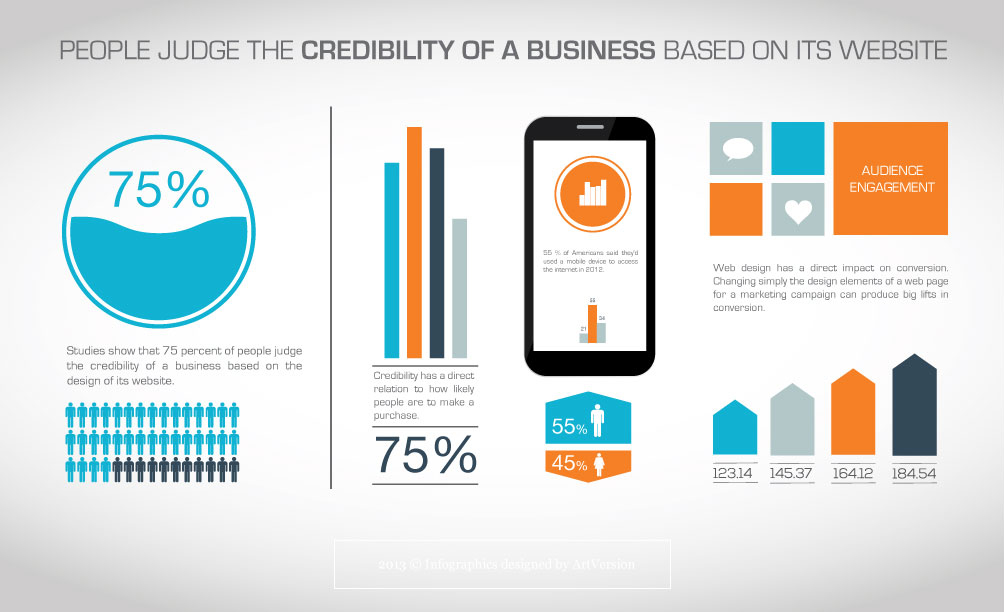Join Us As We Embark On A Trip With Time, Checking Out The Advancement Of Site Style And Exactly How It Has Actually Affected The Digital Landscape
Join Us As We Embark On A Trip With Time, Checking Out The Advancement Of Site Style And Exactly How It Has Actually Affected The Digital Landscape
Blog Article
Personnel Writer-Collier Vinson
In the past, sites were basic and concentrated on information. Navigating was direct, and layout was for desktops. Currently, customer experience is vital. Data overviews designs for simple navigation. Receptive designs match different tools. Today, dark setting decreases pressure, and minimalist menus enhance navigating. Interactive attributes engage customers, and vibrant visuals stick out. AI combination improves interaction. See just how layout has developed to improve your on the internet trip.
Very Early Days of Website Design
In the very early days of website design, simpleness preponderated. Websites were fundamental, with restricted colors, typefaces, and layouts. The emphasis got on providing details rather than fancy visuals. Customers accessed the internet with slow dial-up links, so rate and capability were key.
Navigating food selections were straightforward, normally situated at the top or side of the page. Internet sites were made for desktop, as mobile browsing had not been yet widespread. Content was king, and designers prioritized simple readability over intricate design components.
HTML was the main coding language used, and designers needed to work within its restrictions. Computer animations and interactive functions were marginal contrasted to today's requirements. Internet sites were static, with little vibrant content or individualized individual experiences.
Rise of User-Focused Design
With the advancement of web site style, a change towards user-focused style concepts has become progressively noticeable. Today, developing sites that prioritize individual experience is vital for engaging site visitors and attaining service objectives. User-focused style involves understanding the demands, preferences, and actions of your target market to tailor the web site's layout, content, and includes appropriately.
Designers now perform extensive research study, such as user surveys and functionality testing, to gather understandings and responses directly from users. This data-driven approach aids in developing intuitive navigating, clear calls-to-action, and aesthetically appealing interfaces that resonate with visitors. By placing the user at the center of the design process, web sites can supply a much more customized and satisfying experience.
Receptive design has actually also emerged as a key facet of user-focused style, making certain that internet sites are maximized for different devices and screen dimensions. This versatility enhances accessibility and usability, satisfying the varied means individuals communicate with websites today. Fundamentally, the surge of user-focused style indicates a change towards producing digital experiences that prioritize the needs and expectations of the end individual.
Modern Trends in Web Design
Discover the current trends shaping web design today. One famous fad is dark mode layout, providing a smooth and modern-day appearance while minimizing eye pressure in low-light environments. An additional key fad is minimalist navigating, simplifying menus and improving individual experience by concentrating on essential elements. Incorporating click this -interactions, such as computer animated switches or scrolling impacts, can produce a much more appealing and interactive internet site. Responsive style stays crucial, making sure smooth customer experiences across numerous gadgets. In addition, using strong typography and asymmetrical layouts can add aesthetic passion and draw attention to certain web content.
Incorporating AI modern technology, like chatbots for consumer support or personalized recommendations, improves customer involvement and enhances procedures. Ease of access has additionally end up being a substantial fad, with designers focusing on inclusive style practices to cater to varied customer demands. Embracing sustainability by maximizing web site efficiency for rate and performance is one more arising trend in web design. Working together with customer comments and information analytics to repeat and boost design continuously is essential for remaining appropriate in the ever-evolving electronic landscape. By accepting managed wordpress websites , you can develop a visually appealing, straightforward website that reverberates with your target market.
Conclusion
As you reflect on the development of site design from the early days to now, you can see how user-focused design has ended up being the driving pressure behind modern fads.
Embrace the trip of modification and adaptation in web design, constantly keeping the user experience at the center.
Keep current with the current trends and technologies, and never ever stop progressing your strategy to create visually magnificent and user-friendly internet sites.
minimalist website design , adjust, and create - the future of website design remains in your hands.
